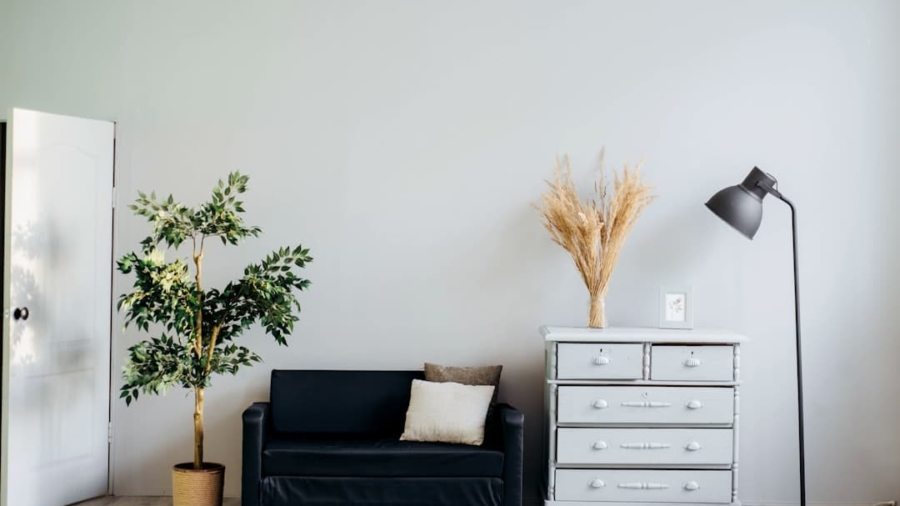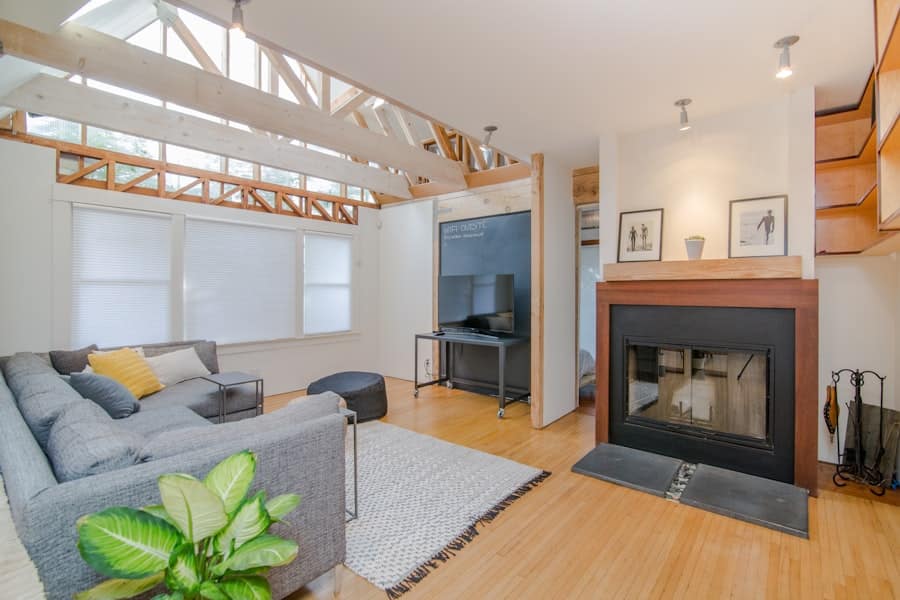In the age of technology, the concept of smart routines has emerged as a transformative way to enhance daily living. Smart routines leverage artificial intelligence and automation to streamline tasks, making life more efficient and organized. These routines can be programmed to execute a series of actions with a single command, allowing users to manage their time and resources more effectively.
The integration of smart assistants like Google Assistant and Amazon Alexa into everyday life has made it easier than ever to establish these routines, providing a seamless blend of convenience and functionality. The appeal of smart routines lies in their ability to adapt to individual lifestyles. Whether it’s waking up in the morning, winding down in the evening, or managing tasks throughout the day, these routines can be tailored to meet specific needs.
For instance, a morning routine might include turning on the coffee maker, adjusting the thermostat, and reading the news, all initiated by a simple voice command. This level of customization not only saves time but also enhances productivity, allowing individuals to focus on what truly matters in their lives.
Key Takeaways
- Smart routines can help streamline daily tasks and improve productivity
- Google Assistant and Alexa are popular virtual assistants for setting up smart routines
- Morning routines can include tasks like turning on lights, playing music, and providing weather updates
- Evening routines can involve tasks like dimming lights, setting alarms, and playing relaxing music
- Customizing routines for work or study can include setting reminders, creating to-do lists, and providing traffic updates
Getting Started with Google Assistant or Alexa
To embark on the journey of creating smart routines, one must first familiarize themselves with the capabilities of their chosen smart assistant. Google Assistant and Amazon Alexa are two of the most popular options available today, each offering unique features that cater to different user preferences. Setting up either assistant typically involves downloading the respective app on a smartphone or tablet, creating an account, and connecting it to a Wi-Fi network.
Once this initial setup is complete, users can begin exploring the myriad of functionalities that these assistants provide. After establishing a connection, users can start by issuing simple voice commands to gauge the assistant’s responsiveness. For example, asking Google Assistant about the weather or requesting Alexa to play music can help users understand how these systems operate.
Both platforms offer extensive documentation and tutorials that guide users through the process of setting up routines. By accessing the settings within the app, users can create personalized routines that align with their daily schedules. This foundational step is crucial as it lays the groundwork for more complex automations that can significantly enhance daily life.
Setting Up Morning Routines
Morning routines are often considered the cornerstone of a productive day. By establishing a structured start to the day, individuals can set a positive tone that carries through their daily activities. With smart assistants, creating a morning routine can be as simple as programming a series of commands that activate at a specific time each day.
For instance, one might set a routine that begins with the assistant gradually increasing the volume of music or news at a designated wake-up time, simulating a natural rise from sleep. In addition to auditory cues, smart routines can also incorporate various smart home devices to create an optimal waking environment. For example, users can program their smart lights to gradually brighten as they wake up, mimicking the natural sunrise and helping to regulate circadian rhythms.
Furthermore, integrating a coffee maker into the morning routine allows for freshly brewed coffee to be ready upon waking, providing an immediate sense of comfort and satisfaction. By combining these elements, individuals can craft a morning routine that not only energizes them but also prepares them mentally for the day ahead.
Creating Evening Routines
As important as morning routines are, evening routines play an equally vital role in promoting relaxation and preparing for restful sleep. A well-structured evening routine can help signal to the body that it is time to wind down and transition into sleep mode. Smart assistants can facilitate this process by automating tasks that contribute to a calming environment.
For instance, users might set an evening routine that dims the lights in their home while playing soft music or nature sounds. Moreover, evening routines can also include reminders for personal care activities such as taking medication or preparing for the next day. By programming these reminders into their smart assistant, users can ensure they do not overlook essential tasks amidst their busy schedules.
Additionally, integrating smart thermostats into evening routines allows users to adjust the temperature for optimal sleeping conditions automatically. This combination of automation and personalization creates an environment conducive to relaxation and restorative sleep.
Customizing Routines for Work or Study
In today’s fast-paced world, maintaining focus during work or study sessions is crucial for productivity. Smart routines can be tailored specifically for these purposes, helping individuals create an environment that minimizes distractions and maximizes efficiency. For example, one might set up a work routine that includes turning on specific lights in their home office while silencing notifications on their phone or computer.
This creates a dedicated workspace that signals to both the individual and others in the household that it is time for focused work. Additionally, smart assistants can be programmed to provide reminders for breaks or scheduled tasks throughout the workday. For instance, after a set period of focused work, the assistant could remind users to take a short break or hydrate.
This not only helps maintain productivity but also promotes overall well-being by encouraging regular movement and self-care during long hours of work or study. By customizing these routines according to personal preferences and work habits, individuals can create an effective framework that supports their professional or academic goals.
Integrating Smart Home Devices into Routines
Streamlined Mornings
For instance, when setting up a morning routine, users can connect their smart coffee maker, lights, thermostat, and even smart speakers to create a synchronized experience. With just one command or at a predetermined time, multiple devices can spring into action simultaneously.
Enhanced Security and Energy Savings
Consider a scenario where an individual has programmed their smart assistant to initiate an evening routine that includes locking doors, turning off unnecessary lights, and adjusting the thermostat for nighttime comfort. This level of automation not only enhances security but also contributes to energy savings by ensuring devices are turned off when not in use.
Peace of Mind with Smart Security
Furthermore, integrating security cameras or smart doorbells into routines allows users to receive alerts when someone approaches their home, providing peace of mind while they focus on other activities.
Using Location-Based Routines
Location-based routines represent another innovative feature offered by smart assistants that can significantly enhance daily life. These routines utilize geofencing technology to trigger actions based on the user’s location. For example, one might set up a routine that automatically turns on outdoor lights when they arrive home after dark or adjusts the thermostat when they leave for work in the morning.
This level of automation not only adds convenience but also contributes to energy efficiency by ensuring devices are only active when needed. Moreover, location-based routines can also enhance safety and security. Users can program their smart assistant to send notifications if they leave home without locking doors or if they arrive at work without turning off certain appliances.
This proactive approach helps prevent potential issues before they arise and provides users with greater control over their environment. By leveraging location-based technology within their smart routines, individuals can create a more responsive living space that adapts seamlessly to their movements throughout the day.
Troubleshooting Common Issues with Routines
Despite the many advantages of smart routines, users may encounter challenges along the way. Common issues include devices not responding as expected or routines failing to execute at designated times.
Users should regularly check their network settings and device connections to troubleshoot any connectivity-related issues. Another common challenge is related to voice recognition errors or misinterpretations by the smart assistant.
To mitigate this issue, it is advisable to speak clearly and ensure minimal distractions during interactions with the assistant. Additionally, reviewing and refining routine settings within the app can help identify any misconfigurations that may be causing problems. By taking proactive steps to troubleshoot these common issues, users can maximize the effectiveness of their smart routines and enjoy a more streamlined daily experience.
If you’re interested in setting up smart routines with Google Assistant or Alexa, you may also want to check out this article on the best software for 3D animation. This article provides valuable information on the top software options available for creating stunning 3D animations. By combining the capabilities of Google Assistant or Alexa with powerful animation software, you can take your creative projects to the next level.
FAQs
What is Google Assistant and Alexa?
Google Assistant and Alexa are virtual assistant AI technology developed by Google and Amazon, respectively. They are designed to help users with various tasks using voice commands.
What are smart routines?
Smart routines are a series of automated tasks that can be triggered by a single command. They can include actions such as turning on lights, adjusting thermostats, playing music, and providing information.
How do I set up smart routines with Google Assistant?
To set up smart routines with Google Assistant, open the Google Home app, tap “Routines” in the menu, and then tap the “+” button to create a new routine. From there, you can choose the actions you want to include and customize the trigger phrase.
How do I set up smart routines with Alexa?
To set up smart routines with Alexa, open the Alexa app, tap “Routines” in the menu, and then tap the “+” button to create a new routine. You can then choose the actions you want to include and customize the trigger phrase.
What devices are compatible with smart routines?
Smart routines can be set up to work with a variety of smart home devices, including lights, thermostats, locks, cameras, and more. Compatibility may vary depending on the specific device and platform.
Can I use smart routines with both Google Assistant and Alexa?
Yes, smart routines can be set up to work with both Google Assistant and Alexa, allowing users to create customized routines that work seamlessly across different devices and platforms.



